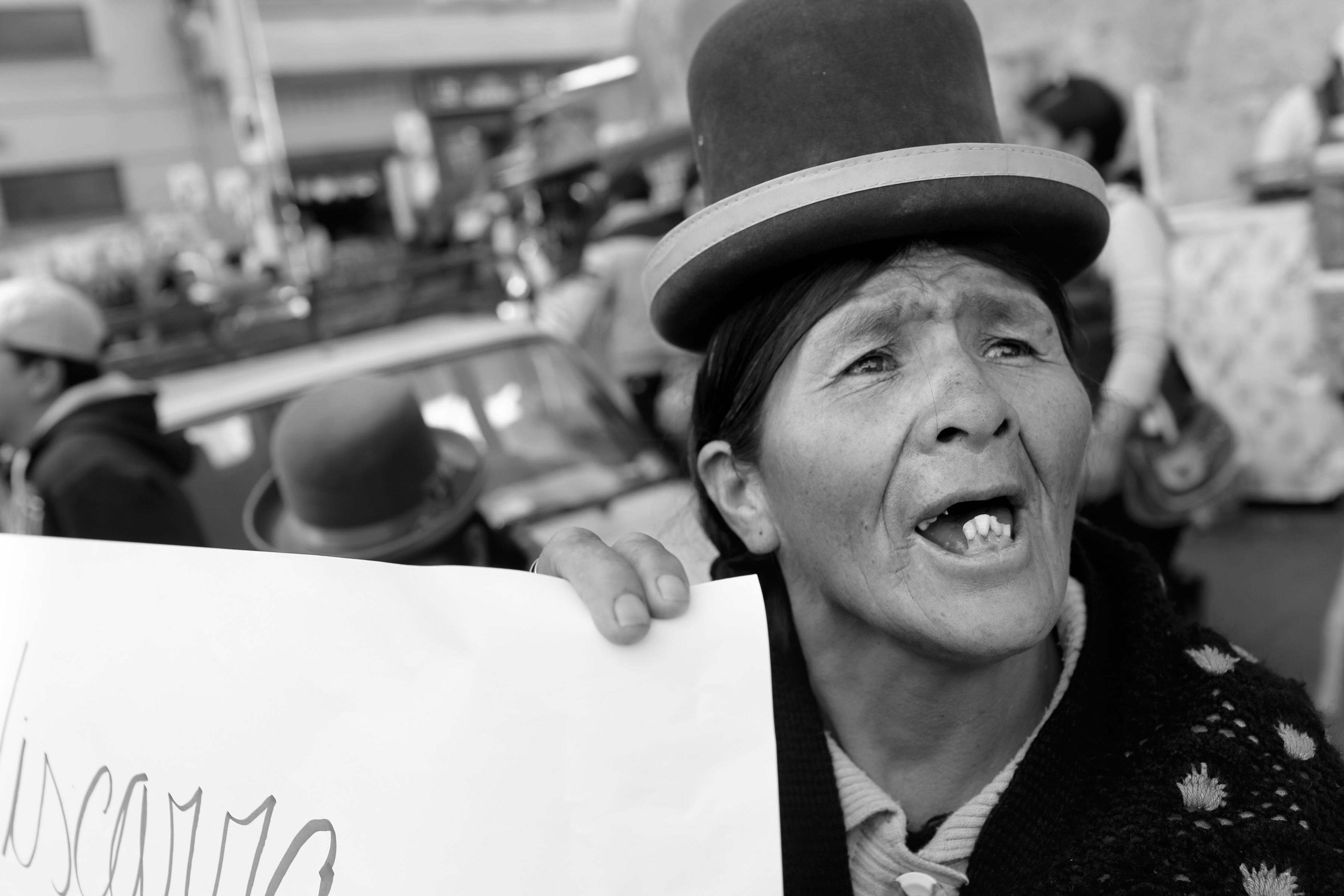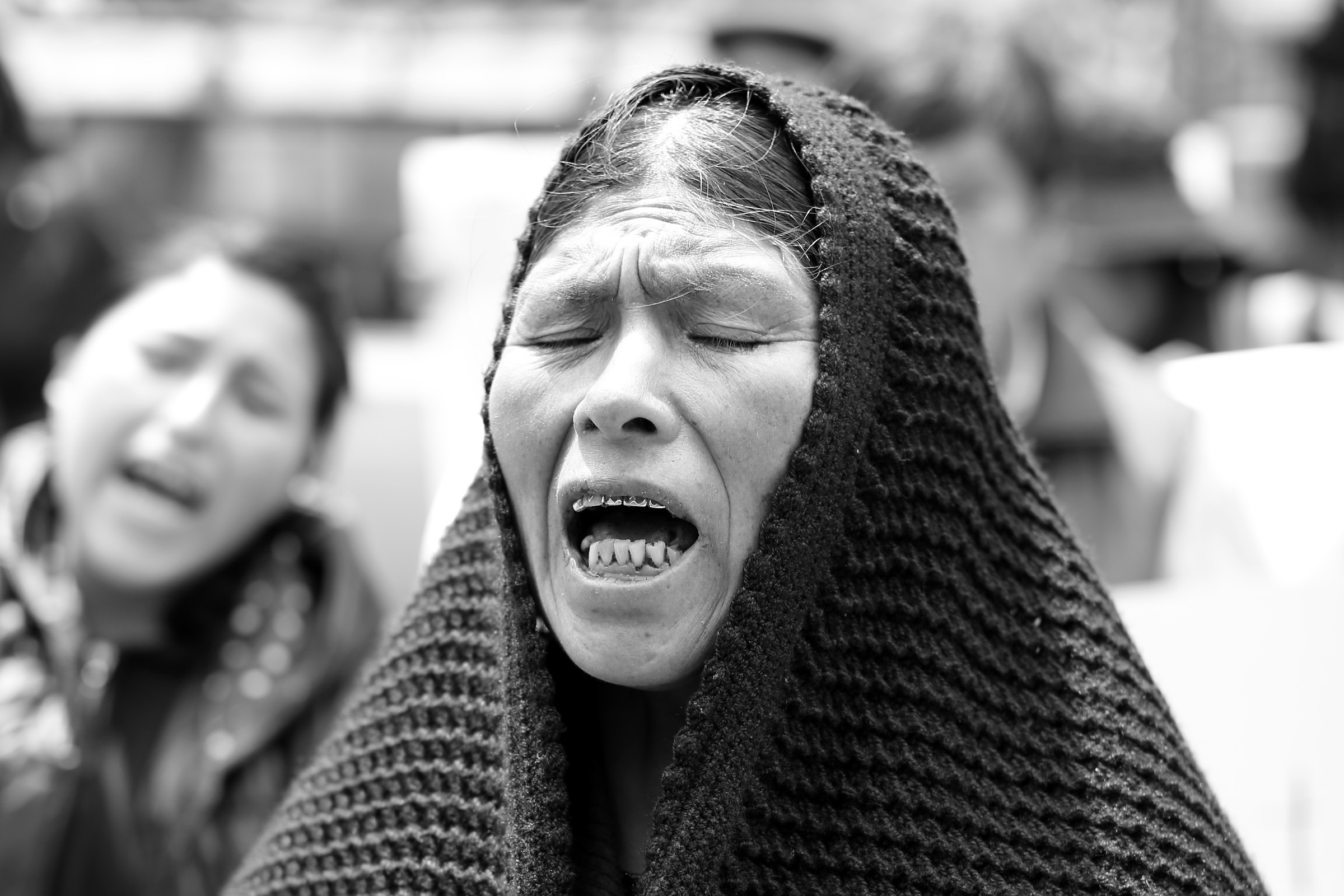
"Young Woman's Presumed Killer Was Obsessed," "Woman Dies After Beating by Husband and Inlaw," "Sisters Victims of Attempted Femicide," "Man Kills Partner with Screwdriver": These are recent headlines from local and national Bolivian newspapers, which over the past 10 years have begun to focus on violence against women as front-page news. But what is the press really communicating to readers? That's one of the questions lawyer María Cecilia Chacón and journalist Boris Miranda set out to explore with their study Coverage that Conceals, which reviews some 2,700 stories on violence against women in Bolivia's principal newspapers in 2012 and the first 10 months of 2013.
"It's not that violent acts have changed or increased, but [there's] a change in the way society and the media look at violence," Chacón says. "It's taking violence out of the private world of the couple, from the domestic, and positioning it as a public problem that deserves attention and an answer from state authorities."
Violence against women in Bolivia is certainly an issue in the public arena, especially following approval of a new law in 2013 designed to prevent violence and support victims. Passage of that law closely followed the murder of a well-known journalist, allegedly by her police officer husband, an event that galvanized the press and drew national attention.
The press is making violence against women front-page news, and Chacón and Miranda say this coverage plays a positive role in both inspiring and reflecting awareness across society. But there can be harmful assumptions and representations hidden within that coverage—especially when it comes to alcohol, jealousy and love.
"Romantic justifications for violence are one of the most dangerous myths that prevent women from naming their aggressors," Chacón and Miranda write. "They are designed to justify and later present them (attackers) as romantic people deeply in love. In that way society and the press present, justify and accept violence as 'an attack of jealousy, unrequited love, infidelity, he killed for love, died for love, etc.' Romance, love and jealousy become the motive, the accomplice and the justification for violence."
Much as attackers can be cast in a romantic and sympathetic light, the authors note that victims can be painted as deserving of violence, especially if they break social taboos.
"Drinking alcohol or causing jealousy is reason to condemn a woman, while drinking and jealousy are justifications for a man. One is labeled a 'bad' woman, while the other uses those elements to excuse himself, and to many he becomes a person who went through a moment of weakness produced by his partner's actions, and alcohol."
In addition to increasing awareness of biased presentations, Chacón says the press should strive to present violence as part of a cycle.
"Coverage doesn't contextualize these violent acts within the spiral of violence, the before and the after," she says. "Society ends up perceiving, through media outlets, that violence is only these acts, and that they are unpredictable. People don't see the whole cycle of violence and so unfortunately can't take action to prevent it."
Miranda hopes their manual for journalists will encourage a more examined approach.
"It invites coverage that, instead of reproducing stereotypes, value judgements, bad habits and defects that in one way or another are part of society and within all of us—and instead of hiding violence...allow us to uncover it."







